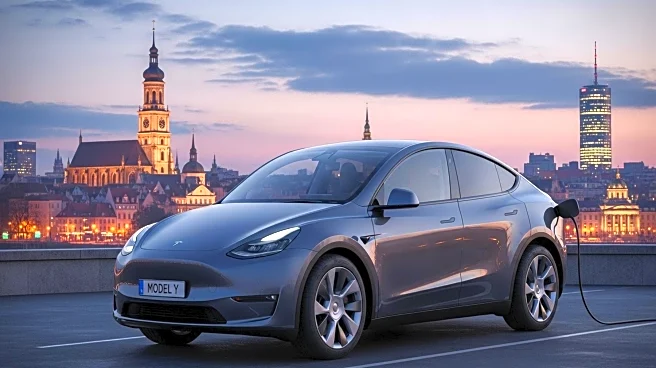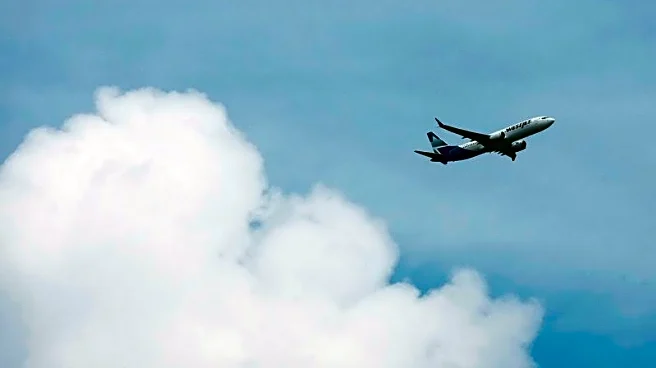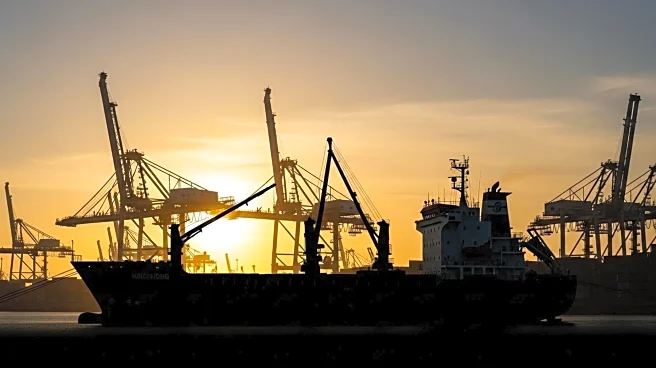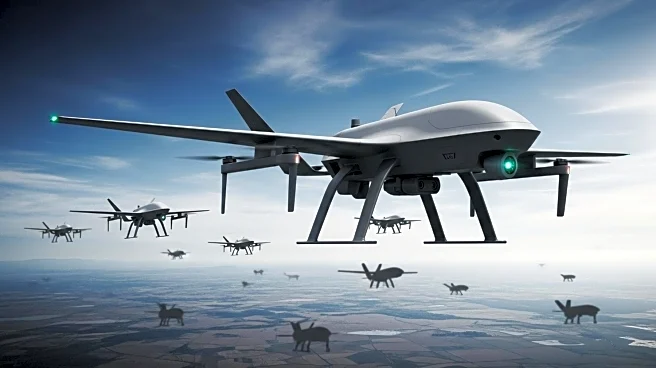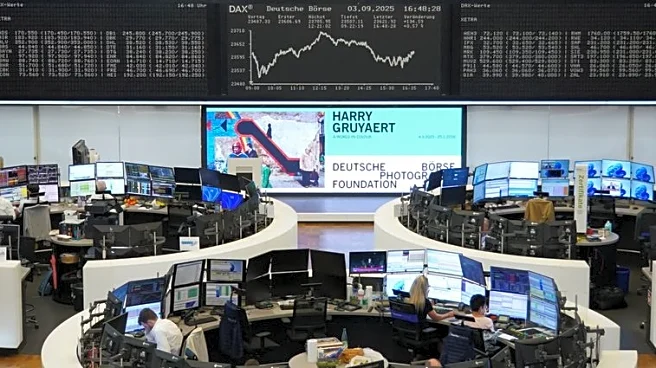What's Happening?
The global freighter fleet is expected to grow by over 40% in the next two decades, according to a forecast by IBA, an aviation market intelligence consultancy. The fleet is projected to expand from approximately 2,800 aircraft today to nearly 6,000 by 2044. This growth will be driven by more than 2,000 passenger-to-freighter conversions and around 900 new factory-built deliveries. The freighter market has already seen significant expansion, with a 33% increase in fleet numbers from 2019 to 2024. However, the pace of growth is expected to slow to 11% by 2029. Short-term demand is predicted to rise modestly, reflecting weaker global trade and shifting regional flows. E-commerce is anticipated to remain a key driver, growing by 6-7% annually through 2030.
Why It's Important?
The projected growth in the freighter fleet highlights the ongoing demand for air cargo services, driven by trade expansion and GDP growth. This expansion is crucial for the aviation industry, which relies on cargo revenues as a significant income source. However, the industry faces challenges from environmental regulations, with European carriers already incurring costs under emissions trading systems. U.S. operators like FedEx and UPS are expected to face similar costs as CORSIA becomes mandatory. The environmental costs could impact profitability and operational strategies, prompting airlines to seek more efficient and sustainable practices.
What's Next?
As the freighter market continues to grow, airlines will need to navigate environmental regulations and adapt to changing trade dynamics. The phase-out of free allowances by 2027 and the mandatory implementation of CORSIA will require U.S. operators to adjust their strategies to manage increased costs. The industry may see further innovations in aircraft technology and logistics to enhance efficiency and reduce emissions. Stakeholders, including airlines and regulatory bodies, will likely engage in discussions to balance growth with environmental responsibilities.

